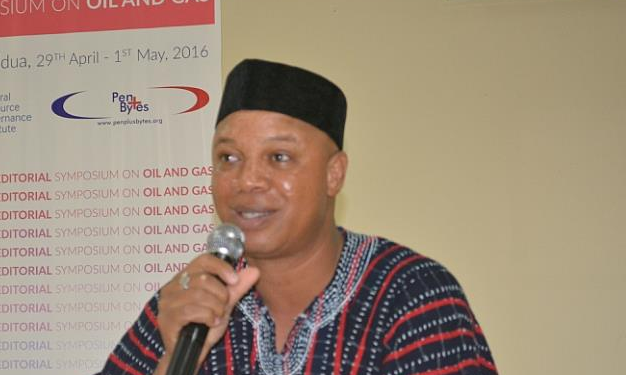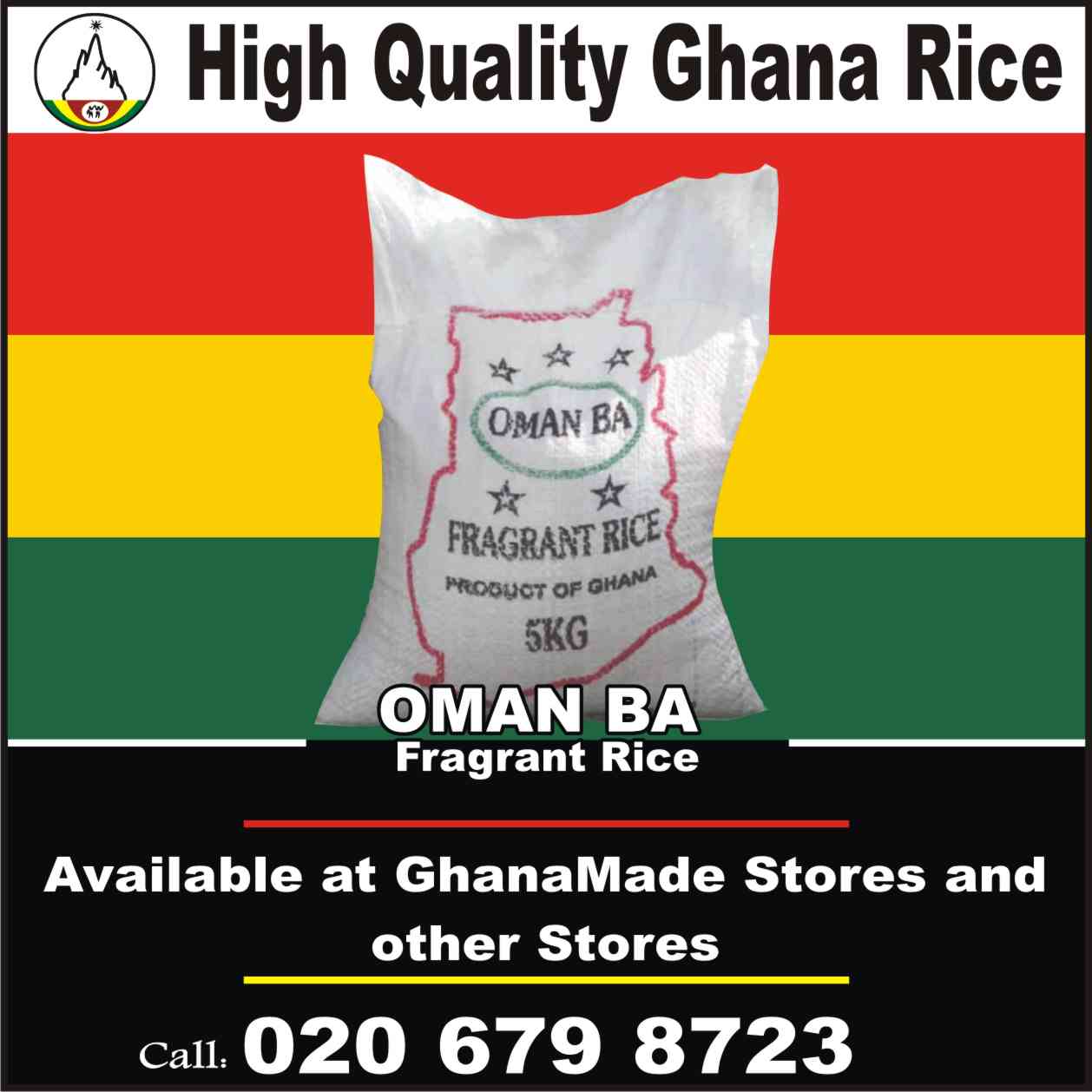The Ghana Water Company Limited (GWCL) has sounded the alarm over the rising cost of treating water in the country, blaming pollution from illegal mining, popularly known as galamsey, as the major culprit.
In an interview with ABC News GH, the Manager of Corporate Planning, Monitoring and Evaluation, Michael Tawiah Klutse indicted that the water treatment plants are under severe stress, forcing the company to use unprecedented levels of chemicals just to make water safe for public consumption.
A vivid example was given from the Olsa treatment plant in the Western Region. In 2009, the facility used only ten bags of alum weekly—40 bags in a month—to treat water for the surrounding communities. Today, that same plant, with no expansion in capacity, is consuming 40 bags of alum every single week.
“In 2009, we were using ten bags of alum a week to produce water for the area. This meant that in one month, we used 40 bags of alum to produce clean water for the community. Nothing has changed; we have not increased the plant’s capacity,” he explained.
“Instead, the situation has gotten worse. We are now using 40 bags of alum every week. In 2022, we had to shift from alum to polyelectrolyte. The new material is effective, but it is very expensive,” an official revealed.
The company further disclosed that in 2022, alum had to be substituted with polyelectrolyte, a more efficient treatment chemical but one that is far more expensive. This, officials say, is crippling operations as the cost of chemicals now accounts for a large portion of their expenditure.
The situation is made worse by high electricity bills and frequent equipment breakdowns, which are being accelerated by poor water quality.
The GWCL noted that some plants have already been shut down due to unbearable operating costs, raising fears of more communities facing water shortages.










Discussion about this post